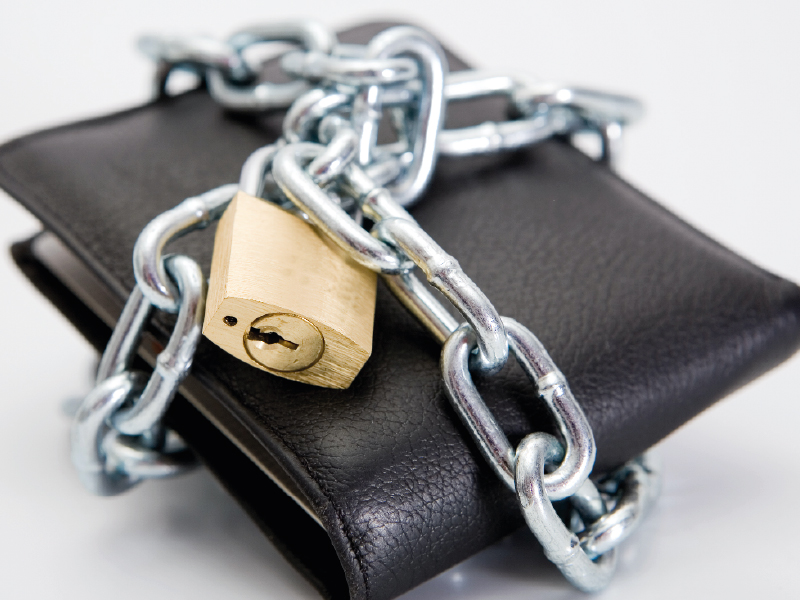Be warned of the “Professional Plaintiff”
A client recently received the ultimate “shakedown” letter – claiming violation of the California CAN-SPAM law as a result of getting 8 emails, demanding $80,000 in statute-mandated damages, yet willing to settle for $2400.
Unfortunately, this has become a cottage industry. The California law has a private right of action that has been taken advantage of by a few noteworthy legal vigilantes. Their actions have created a template for the “shakedown.”
To add insult to injury, the “professional” victim opted-in herself for each of the lists that she claims issued a spam email. I’m fairly sure that she probably has a cyber-ambulance chasing attorney ready to pounce on a contingency basis.
What do you do?
The American Corporate Counsel Association has issued a white paper that is very helpful. Seems like the SPAM demand toolkit left out one key defense – if your ISP has reasonable processes in place to prevent spamming, the statutory damages in California are reduced from $1000 to $100 per occurrence.
Quoting my letter —
First, it is clear that you are following a textbook (albeit outdated) approach of a “professional plaintiff” under the California anti-spam law. Attached is a copy of a White Paper prepared by the Association of Corporate Counsel that clearly rebuts each and every point that you have raised in an attempt to coerce my client to pay you monies.
We are in possession of proof that you opted into a number of email lists as proof that these emails are not unsolicited. Even if unsolicited, all of my client’s emails contain compliant opt-out links and you have not elected to take advantage of that option.
The element of the California law that you conveniently ignored is Section 17529.8 which reduces the potential statutory damages to $100 per occurrence. Please note:
“ ………… working with reputable email service providers (ESPs), advertisers can be more confident that recipients did opt-into receive commercial email. ESPs generally maintain or can produce evidence of each opt-in, in the form of IP address from which the consumer opted-in, date/time stamp of opt-in, and other information. {NOTE: ALL IN OUR POSSESSION}
While plaintiffs may contest the veracity of such evidence in a proceeding, once the evidence is produced, the burden to show it is inaccurate generally shifts to the plaintiff [NOTE: WE ARE UNAWARE OF ATTORNEYS WHO WILL TAKE A MATTER ON CONTINGENCY WHEN THERE ARE BURDENS OF PROOF SUCH AT THIS.}
More importantly, statutory damages under the Code of $1,000 for each spam are reduced to $100 for each spam, when there is evidence that a defendant established and implemented practices and procedures reasonably designed to effectively prevent spamming. {NOTE: SUCH PRACTICES AND PROCEDURES ARE IN PLACE}
Accordingly, we deem your demand a “shake down” and a nuisance and to save time and expense offer you the sum of $800 in full and final settlement of this matter. No monies will be provided to you unless you agree in writing: that no Spam violation took place; to maintain the terms of this arrangement confidential; and to agree to a penalty of $10,000 if it is determined that in the future you are engaged in any attempt to assist others to assert this type of claim against my client.
__________
Good Luck All. It’s a jungle out there.

